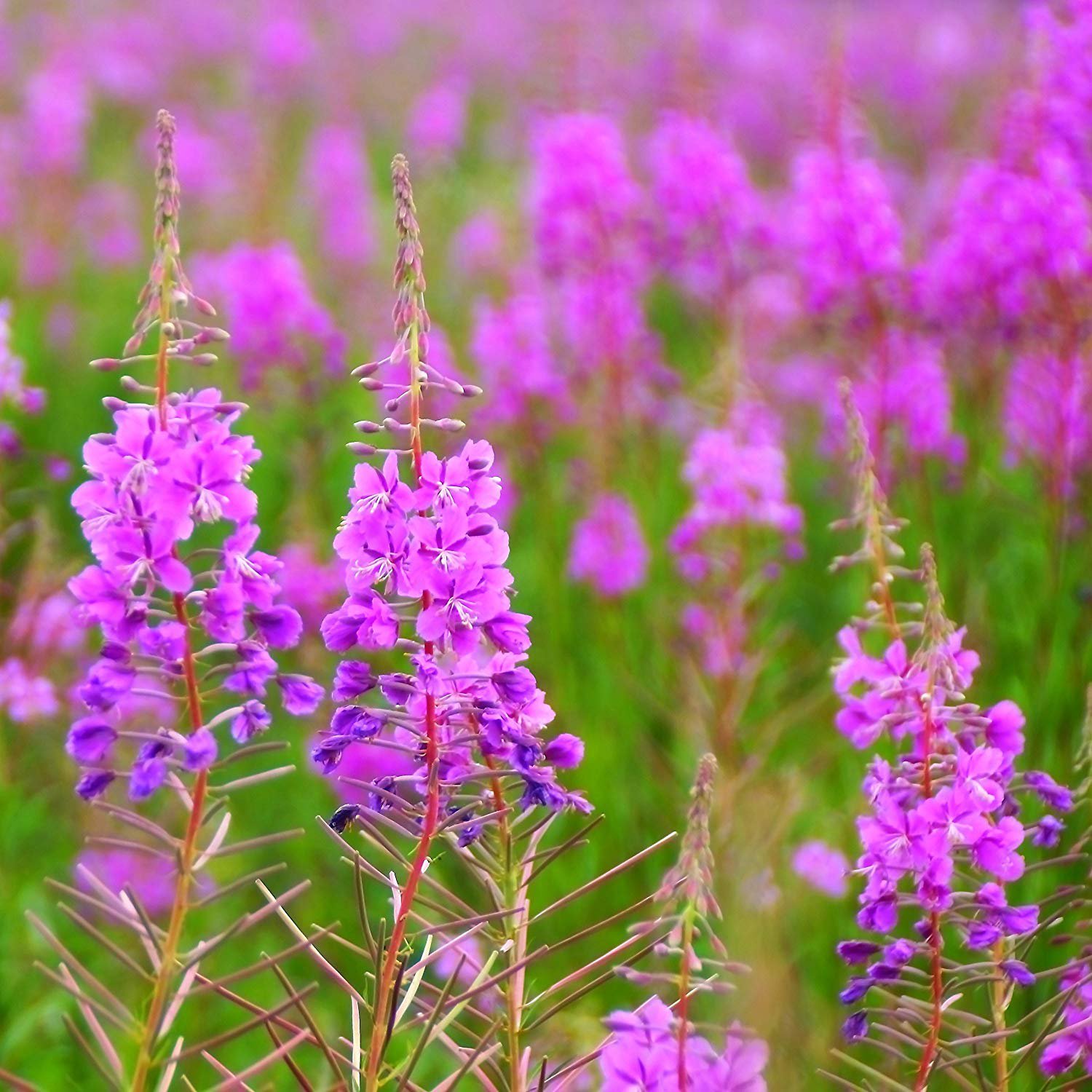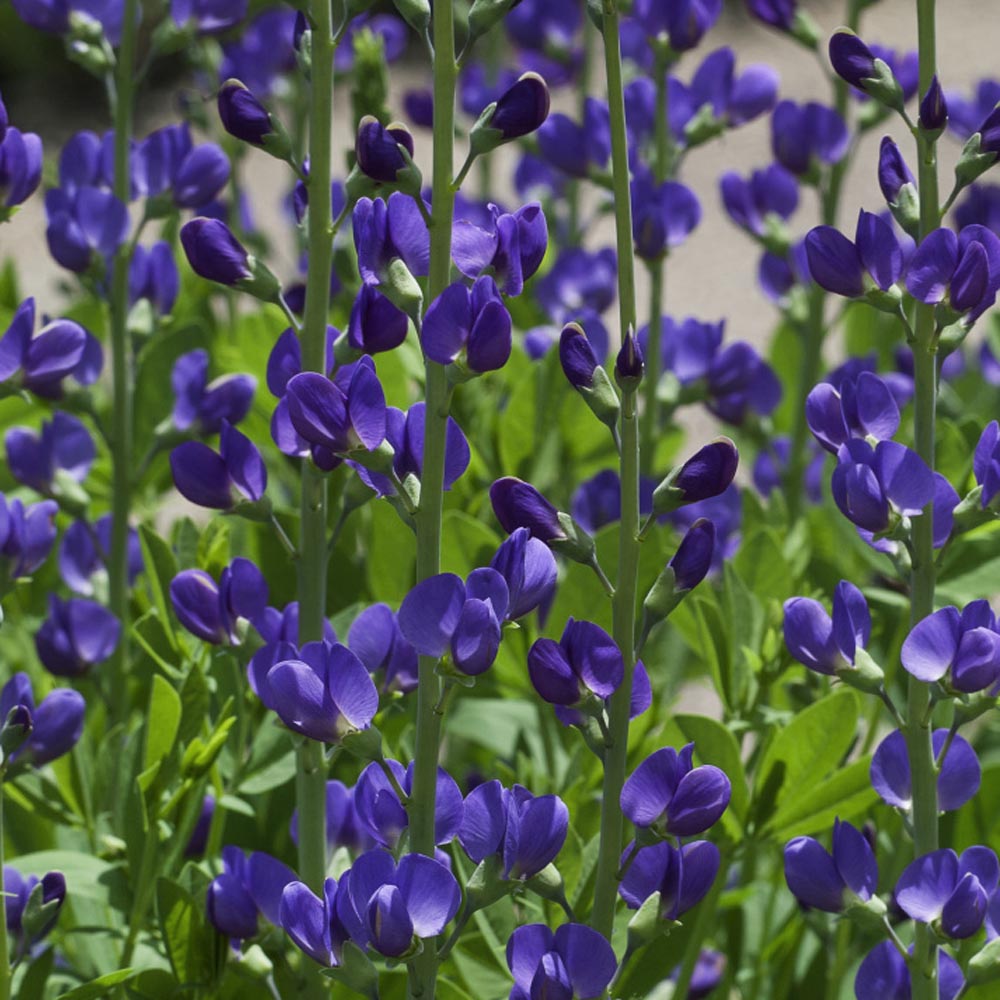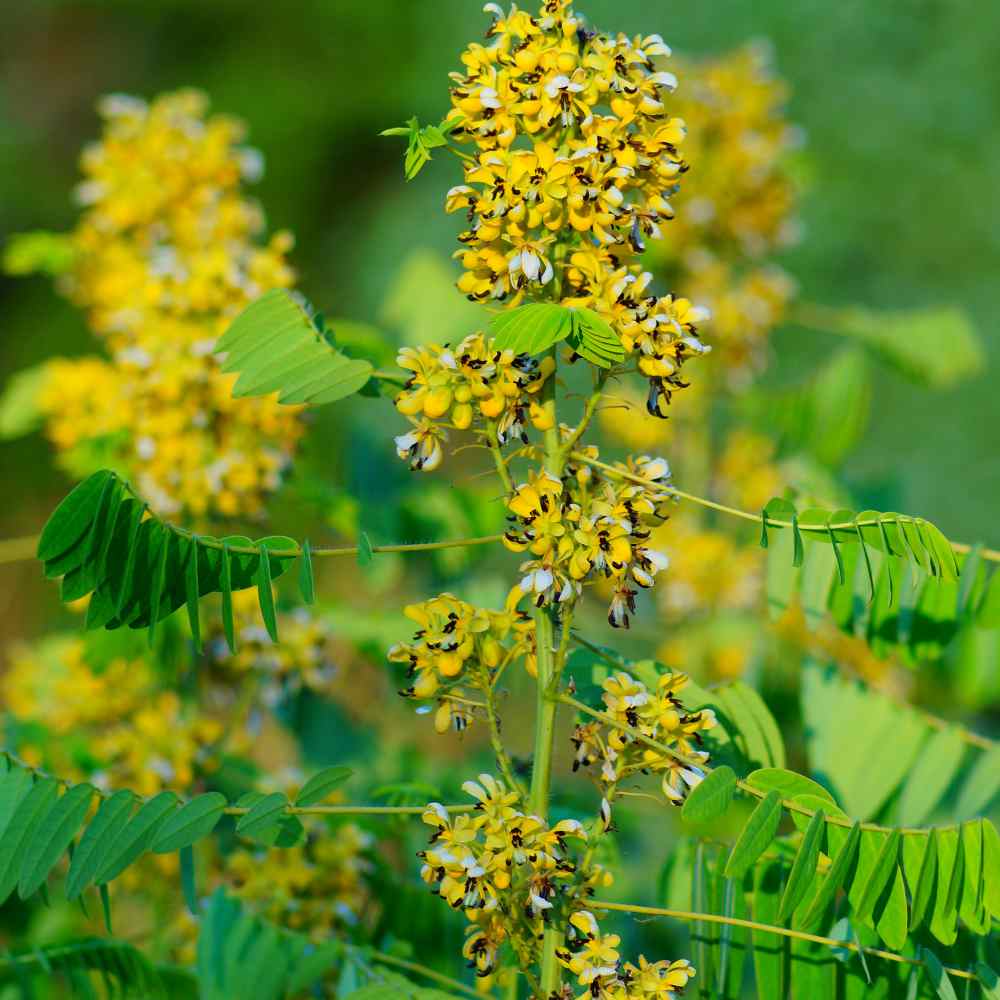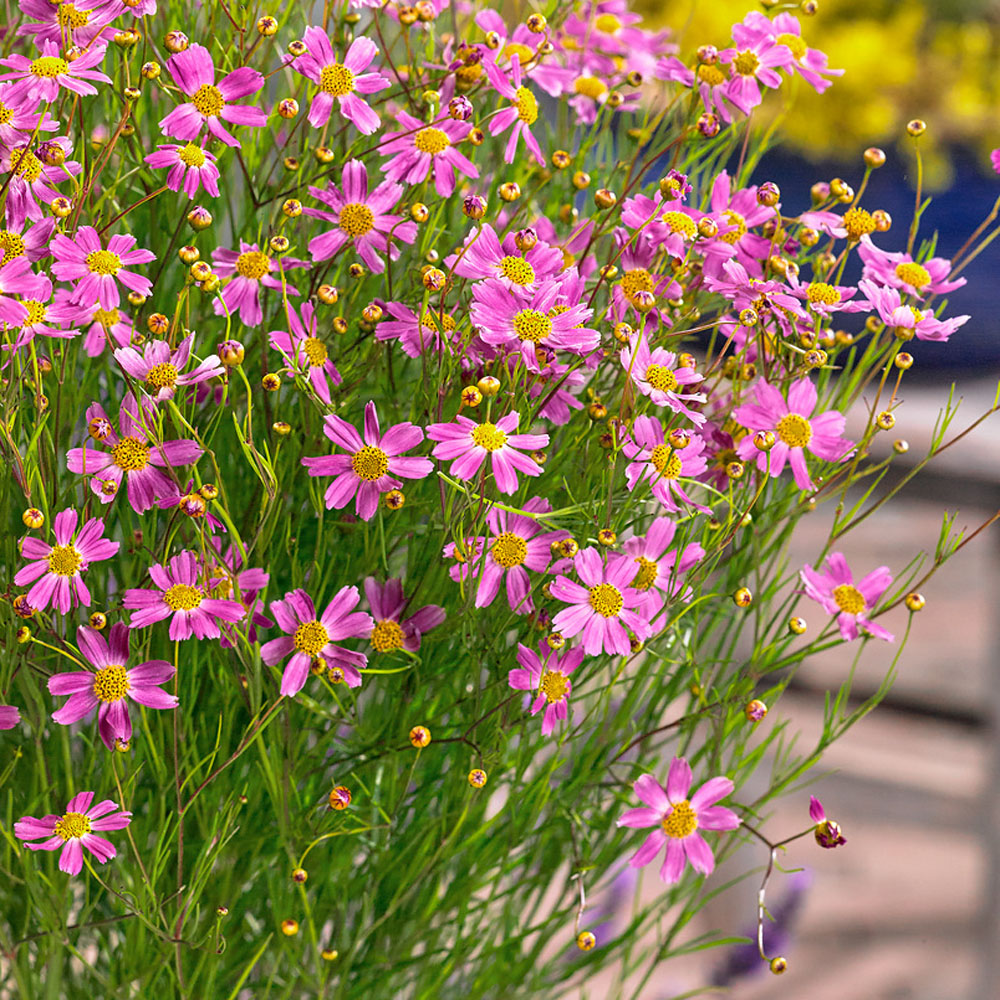
Fireweed Planting and Care Guide
Quick Facts About Fireweed
Fireweed is a popular wildflower native to North America. It gets its common name from its ability to quickly inhabit areas that have been ravaged by fires. This perennial has traditionally been used as a medicinal herb.
Planting Time
Fireweed seeds germinate best after a cold stratification treatment. They are best sown directly outdoors, which can be done in the spring for treated seeds, or in the late fall for untreated seeds.

Planting Location
Grow Fireweed in an area of full sun or partial shade in well-amended soil that is consistently moist.
How to Grow Fireweed
- Fireweed seeds need a cold stratification treatment in order to germinate. This can be done manually by mixing seeds and sand in a plastic bag, and placing this bag in the fridge for 1-3 months (this preps the seeds for spring planting). This can also be performed naturally by planting the seeds outdoors in the late fall, allowing winter weather to prepare the seeds.
- For outdoor sowing (recommended), first prepare a seedbed by removing weeds and breaking up soil.
- Surface 5-10 seeds per plant at a spacing of 2-3 feet, then lightly press into the soil without covering.
- Keep seeds moist and at a temperature of about 70F degrees until germination. Under proper conditions (and after stratification), these seeds should germinate in 2-3 weeks.
- Once seedlings have a few sets of true leaves, thin to the strongest seedling.

Care And Maintenance
- Keep weeds under control during the growing season. Weeds compete with plants for water, space and nutrients, so control them by either cultivating often or use a mulch to prevent their seeds from germinating.
- Mulches play a vital role in preserving soil moisture and ensuring consistent soil temperatures. When it comes to annuals, using organic mulch made from shredded leaves not only enhances the appearance of the bed but also enriches the soil as it decomposes over time. Remember to keep mulch away from the plant stems to avoid potential rot issues.
- Fireweed should be watered regularly, but allow the soil to dry out between waterings.
- Fireweed benefits from an application of slow-release, balanced fertilizer during the growing season.
- Trim Fireweed during the spring, removing dead material to encourage new growth. Deadhead spent flowers to encourage further blooming.




































